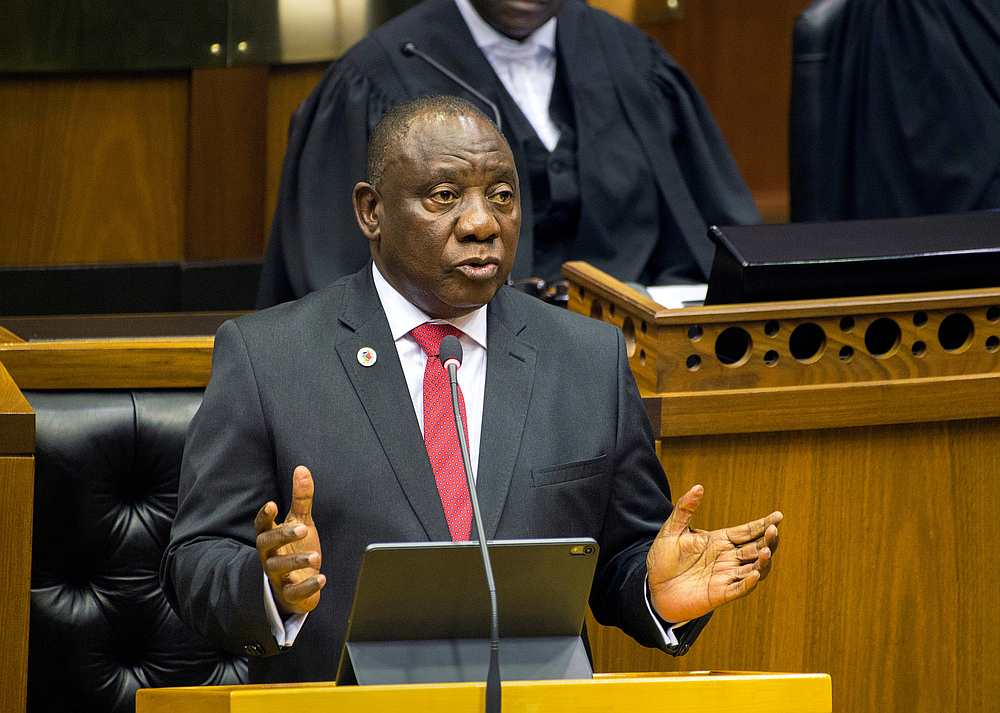JOHANNESBURG, Nov 7 — South African President Cyril Ramaphosa secured around 360 billion rand (US$24 billion or RM101 billion) of investment pledges from businesses yesterday, saying these would spur economic growth and reduce unemployment.
But analysts said some of the pledges at South Africa's annual conference to promote new investment opportunities were just regular operating costs and questioned whether those made by state-owned firms should be included in the total.
They were also sceptical the commitments were of sufficient scale to meaningfully change a bleak economic outlook.
Ramaphosa is trying to revive Africa's most industrialised economy after a decade of slow growth. He has promised sweeping reforms, but progress has been slow due to opposition from labour unions and parts of the African National Congress.
Ramaphosa said the money pledged yesterday was a “clear vote of confidence in South Africa and our economy.”
“After a prolonged period of stagnation, uncertainty and upheaval, I would like to believe we are firmly on the road to recovery,” he said.
At a conference last year, Ramaphosa set a goal of attracting US$100 billion of new investments over five years and quickly secured more than half that amount in pledges.
But many of those promises are yet to translate into projects that could drastically reduce the 29 per cent unemployment rate or lift the growth rate above last year's 0.8 per cent.
Yesterday domestic firms like telecoms company MTN and paper company Sappi made some of the largest pledges, of 50 billion rand and 14 billion rand respectively.
State-owned freight firm Transnet promised 23 billion rand, while foreign companies like Rio Tinto and Coca-Cola made pledges of 6.5 billion rand and 15 billion rand each. Some executives who made pledges said their firms had already spent a portion of the funds.
Kevin Lings, chief economist at asset manager Stanlib, said the government's focus on deregulation and skills development at the conference was positive but severe fiscal constraints limited its ability to drive an economic recovery, and the private sector was still in “wait-and-see mode.”
“What you are seeing so far is not enough to change the macro picture. It's the scale that's the problem,” Lings said.
Trudi Makhaya, an economic advisor to Ramaphosa, said South Africa was encouraging investors to “come in at the bottom, find affordable assets and develop them.”
In his bleak medium-term budget last week, Finance Minister Tito Mboweni slashed this year's growth forecast to 0.5 per cent and showed government debt would shoot up to more than 70 per cent of gross domestic product by 2023.
Afterwards Moody's placed South Africa's last investment-grade credit rating on a “negative outlook.”
A downgrade could trigger billions of US dollars of outflows from South African government debt. — Reuters






















